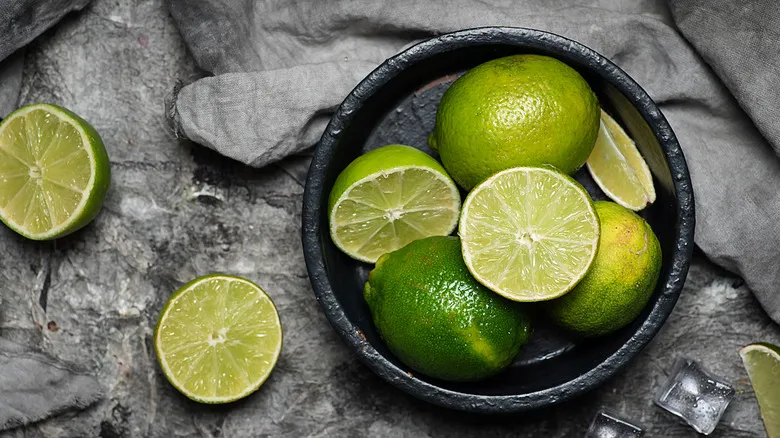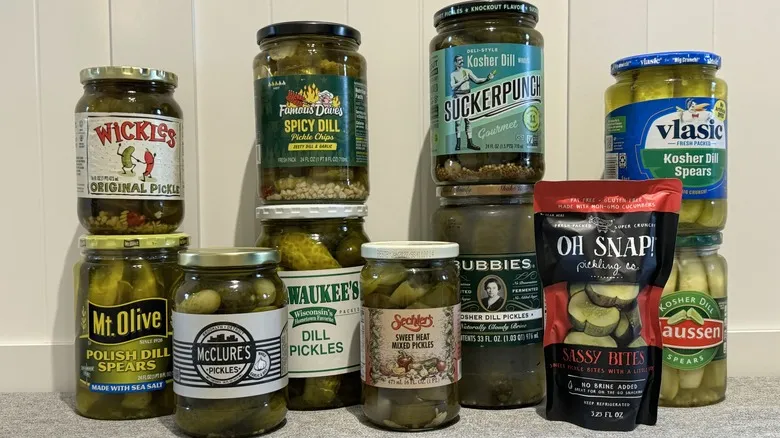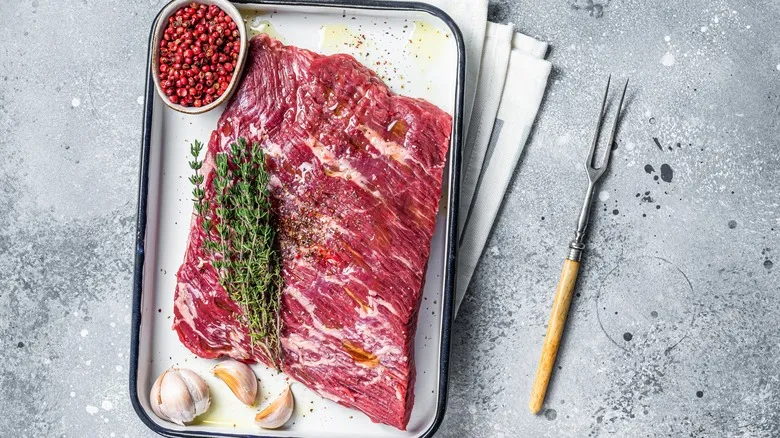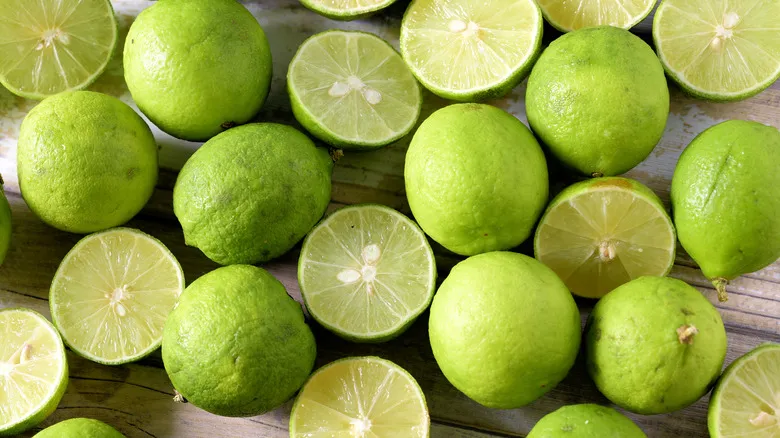Telling one lime from another

It's unlikely that you'll confuse a key lime with a regular lime. Key limes are generally much smaller than the standard Persian lime, measuring about one to two inches, whereas standard limes are typically around three inches in diameter. Beyond these obvious size differences, what distinguishes these two citrus fruits?
Key limes have a notably thin skin, in contrast to the thicker skin of standard limes. This makes key limes less durable and less shelf-stable. Therefore, it's best to store them in the refrigerator, unlike standard limes, which can be kept on the counter. Additionally, key limes contain more seeds than Persian limes, an important consideration when using them in recipes.
The most significant difference between the two lies in their flavor. Key limes offer a more floral taste, while standard limes are characterized by their acidity and sourness. Key limes are subtler and more aromatic, yet they still retain the tangy zest that is typical of all citrus fruits.
How and when to use your limes

When key limes are mentioned, most diners immediately think of one iconic dessert: key lime pie. This delightful treat, recognized as Florida's state pie, combines key lime juice, eggs, and sweetened condensed milk, all resting on a buttery graham cracker crust. While many variations exist, some using regular limes or lemons, these alternatives fall short of capturing the essence of the original. Key limes impart a unique, floral tartness that balances the pie's sweetness, a quality that standard limes simply cannot replicate.
That said, both types of limes have their place in the kitchen; it's essential to know when to use each. Due to their sharp, acidic flavor, standard limes are ideal for recipes that need a bright taste without the bitterness associated with key limes. For instance, you might prefer standard limes in a margarita (though a key lime pie margarita could be an exciting twist). They also shine in dishes that require a more pronounced acidity, like ceviche or pico de gallo. On the other hand, key limes excel in certain baked goods, such as cookies, pies, and cakes, where their sweetness can enhance the overall flavor. Ultimately, these are just general suggestions, and you can choose whichever lime suits your preference.
Recommended

Store-Bought Pickles, Ranked From Worst To Best

What To Know Before Buying Brisket At Costco

The Best Day Of The Week To Shop At Whole Foods To Save Money

The Checkout Technique To Make Sure Your Groceries Are Bagged Safely
Next up

